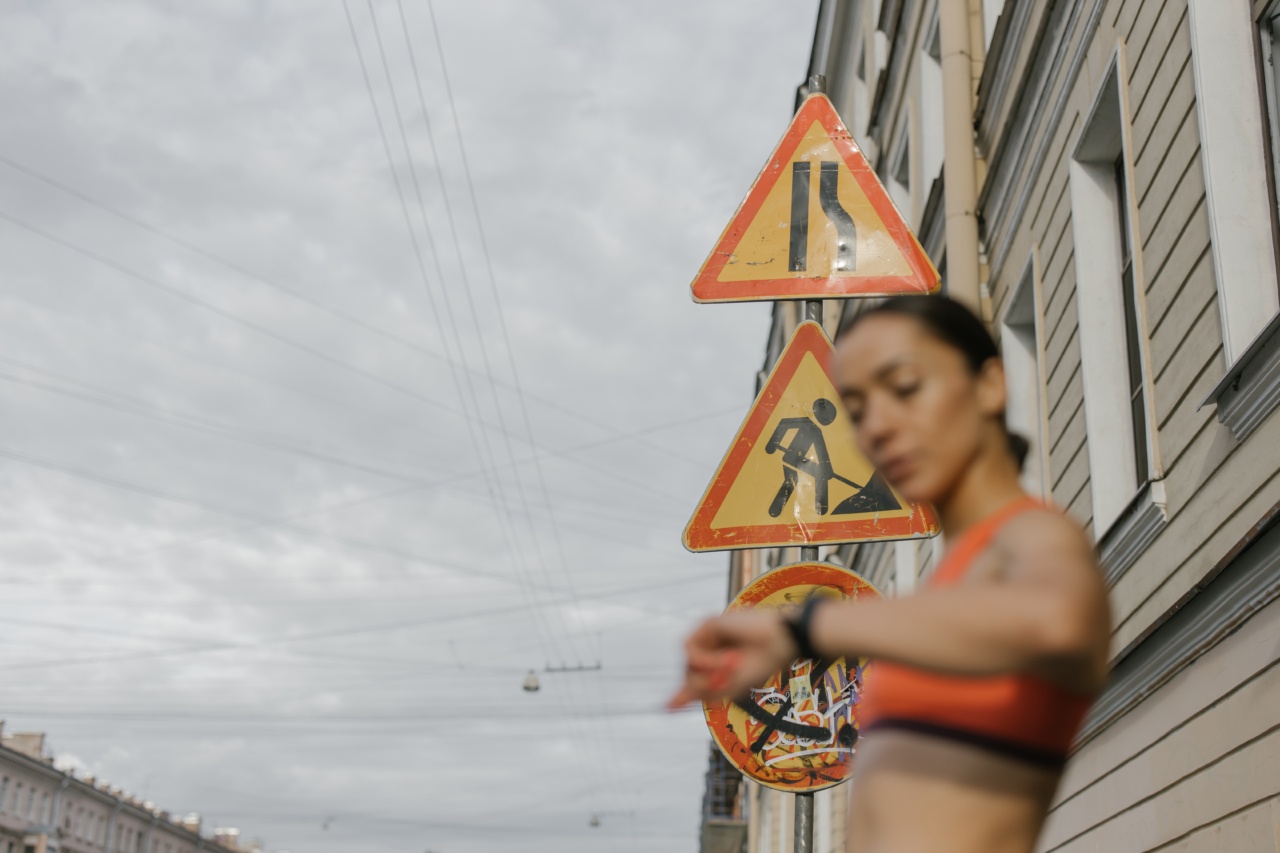Blood clots are a serious medical condition that can have severe consequences if left untreated. They occur when blood cells clump together and form a solid mass, obstructing the normal flow of blood through the vessels.
While blood clots can happen in any part of the body, they commonly occur in the deep veins of the legs, a condition known as deep vein thrombosis (DVT). Recognizing the signs and symptoms of a blood clot is crucial for early intervention and prevention of complications. In this article, we will discuss the common signs of a blood clot and what to watch out for.
1. Swelling and Pain
One of the primary signs of a blood clot is swelling, particularly in the affected area. The clot causes an obstruction in blood flow, leading to an accumulation of fluid and subsequent swelling.
This swelling is often accompanied by pain, which can range from mild to severe, depending on the size and location of the clot. Common areas affected by blood clots include the legs, arms, and pelvic region.
2. Warmth and Redness
Localized warmth and redness are also indicators of a blood clot. The obstruction of blood flow causes increased heat in the affected area, resulting in noticeable warmth to the touch.
Additionally, the presence of a clot triggers an inflammatory response, leading to redness and discoloration of the skin.
3. Tenderness
If you experience tenderness or pain in a specific area, it could be a sign of a blood clot. The affected area may be sensitive to touch or pressure, causing discomfort or pain.
This tenderness may persist or worsen over time, indicating the need for medical evaluation.
4. Enlarged Veins
Blood clots can cause the veins near the affected area to become more prominent and visibly enlarged. This symptom is especially noticeable in the legs, where deep vein thrombosis is most common.
The enlarged veins may appear blue or purple and may feel firm or cord-like.
5. Difficulty Breathing
If a blood clot travels to the lungs, it can lead to a potentially life-threatening condition called pulmonary embolism (PE). Symptoms of PE include sudden shortness of breath, rapid breathing, chest pain, and coughing up blood.
If you experience any of these symptoms, seek immediate medical attention.
6. Coughing or Wheezing
Blood clots in the lungs may cause coughing that produces blood or blood-streaked mucus. This symptom is known as hemoptysis and should never be ignored.
Additionally, some people may experience wheezing or a high-pitched sound while breathing, indicating possible obstruction of the airways by the clot.
7. Leg Cramps
Unexplained leg cramps or muscle pain can be a sign of a blood clot. These cramps often occur in the calf muscle and may persist or worsen over time.
If you experience persistent leg cramps without an obvious cause, consult your healthcare provider to rule out the possibility of a blood clot.
8. Changes in Skin Color
In cases of peripheral artery disease (PAD), a type of blood clot that affects the arteries, changes in skin color may occur. The affected skin may turn pale or bluish due to reduced blood flow.
If you notice any unexplained skin color changes, particularly in the legs or arms, seek medical advice promptly.
9. Chest Pain
Chest pain can be indicative of various conditions, including a heart attack and a blood clot in the lungs.
If you experience chest pain that is sudden, severe, or accompanied by difficulty breathing, seek immediate medical attention, as it could be an emergency.
10. Prolonged Immobility
Prolonged periods of immobility, such as during long-haul flights or bed rest, can increase the risk of blood clots.
If you have been immobile for an extended period and start experiencing any of the aforementioned symptoms, consider seeking medical advice to ensure early detection and proper management of a potential blood clot.
Conclusion
Recognizing the signs of a blood clot is essential for prompt intervention and prevention of complications.
If you experience any of the symptoms mentioned, particularly in combination, it is important to consult a healthcare professional for further evaluation. Early detection and appropriate treatment can significantly reduce the risk of serious consequences associated with blood clots.





























